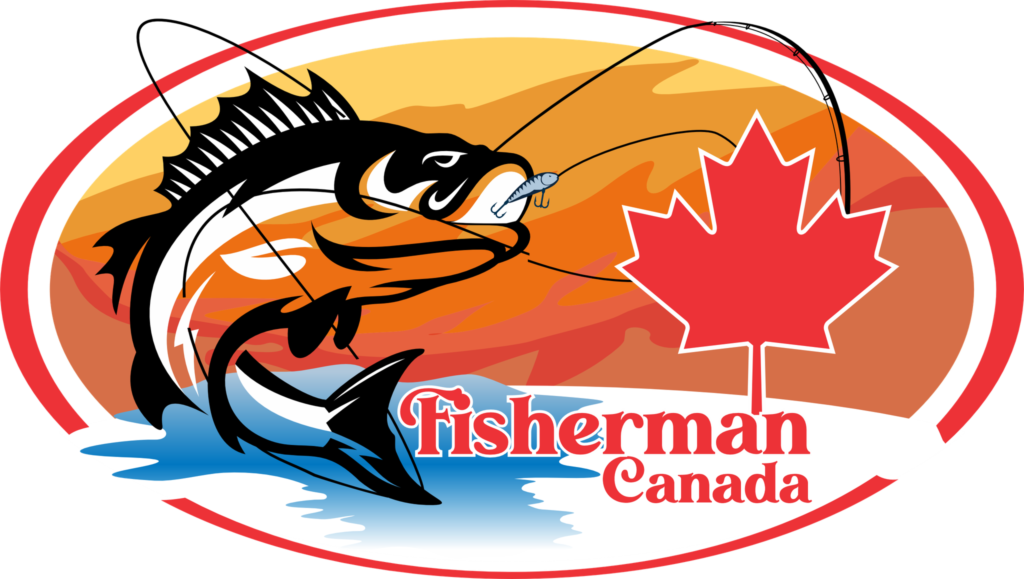Introduction:
Lake Michigan, one of the Great Lakes of North America, is a sprawling body of freshwater that offers a diverse and thrilling panfishing experience. Whether you’re a seasoned angler or a beginner looking to dip your toes into the world of fishing, Lake Michigan has something to offer. In this 1000-word guide, we will delve into the fascinating world of panfishing in Lake Michigan, exploring the best spots, techniques, and the rich variety of fish that inhabit these waters.
The Panfish Species of Lake Michigan:
Lake Michigan is teeming with various panfish species, each offering unique challenges and flavors for your fishing adventure. Some of the most popular panfish species include:
Bluegill: Bluegill are perhaps the most common panfish in Lake Michigan. Recognizable by their vibrant blue and green colors, they make for a fantastic catch, especially for beginners.
Pumpkinseed: With their distinctive orange spots, pumpkinseed sunfish are another favorite among panfish anglers. They are known for their feisty nature and make for an exciting catch.
Redear Sunfish: Redear sunfish are known for their large size and delicious meat. They prefer deeper waters and can be a rewarding catch for anglers seeking a challenge.
Crappie: Black crappie and white crappie are both found in Lake Michigan. These panfish are highly sought after for their excellent taste and can be found near submerged structures.
Perch: Yellow perch are a staple of Lake Michigan panfishing. They are abundant and known for their flaky, sweet meat.
Choosing the Right Gear:
Before heading out to panfish in Lake Michigan, it’s crucial to have the right gear. Here are some essentials:
Fishing Rods and Reels: For panfishing, ultralight or light spinning rods and reels work best. These provide the sensitivity needed to detect subtle bites from smaller panfish.
Fishing Line: Opt for a light monofilament or fluorocarbon line with a test strength between 2-8 pounds.
Bait and Lures: Live bait like worms, waxworms, and minnows are effective for panfishing. You can also use artificial lures such as jigs and soft plastics.
Fishing Accessories: Don’t forget to bring a tackle box, a variety of hooks (size 6-10 for panfish), bobbers, and pliers for hook removal.
Best Spots for Panfishing:
Lake Michigan is vast, and finding the right spot is crucial for a successful panfishing trip. Here are some prime locations:
Piers and Docks: Many panfish gather around piers and docks, especially during the spring and early summer. These structures provide shelter and food, making them ideal spots for anglers.
Weed Beds: Weed beds are magnets for panfish. Look for areas with submerged vegetation, as they often house bluegill, pumpkinseed, and crappie.
Rocky Shores: Rocky shores provide ample hiding spots for panfish. Casting your bait near these areas can yield rewarding results.
Drop-offs and Reefs: Deeper waters near drop-offs and reefs are where you might find larger panfish like redear sunfish and perch.
Techniques for Successful Panfishing:
Now that you’re equipped and have chosen your spot, let’s explore some effective techniques for panfishing in Lake Michigan:
Still Fishing: This technique involves casting your baited hook and allowing it to sit still in the water. Use a bobber to suspend your bait at the desired depth, and wait for panfish to take the bait.
Drifting: Drifting involves allowing your boat to move with the wind or current while fishing. This technique covers more water, increasing your chances of finding active panfish.
Vertical Jigging: Drop your baited jig or soft plastic vertically into the water, near structures or schools of fish. Use a slow, rhythmic motion to entice bites.
Fly Fishing: Fly fishing can be highly effective for panfish, especially bluegill. Use lightweight fly rods and small, enticing fly patterns to mimic insects on the water’s surface.
Ice Fishing: During the winter months, Lake Michigan freezes in some areas, providing an opportunity for ice fishing. Drill holes in the ice, drop your bait, and wait for panfish to bite.
Conservation and Responsible Fishing:
Panfishing is a beloved pastime, but it’s crucial to practice responsible fishing to preserve the health of Lake Michigan’s ecosystem. Follow these guidelines:
Catch and Release: Consider releasing some of your catch to ensure the sustainability of panfish populations.
Observe Size Limits: Familiarize yourself with size and bag limits for different panfish species and adhere to them.
Proper Handling: Handle fish gently, use wet hands, and avoid squeezing them to prevent injury.
Dispose of Trash: Pack out all your trash, including discarded fishing line and bait containers.
Respect Wildlife: Be mindful of other wildlife in the area, and do not disturb nesting birds or other animals.
Conclusion:
Panfishing in Lake Michigan offers a world of adventure for anglers of all levels. With the right gear, knowledge of the best spots, and effective techniques, you can enjoy the thrill of catching bluegill, pumpkinseed, crappie, perch, and more in the stunning backdrop of Lake Michigan. Remember to practice responsible fishing to ensure that this natural wonder continues to thrive for generations to come. So, grab your gear, head to the lakeshore, and get ready for an unforgettable panfishing experience on Lake Michigan’s pristine waters.

